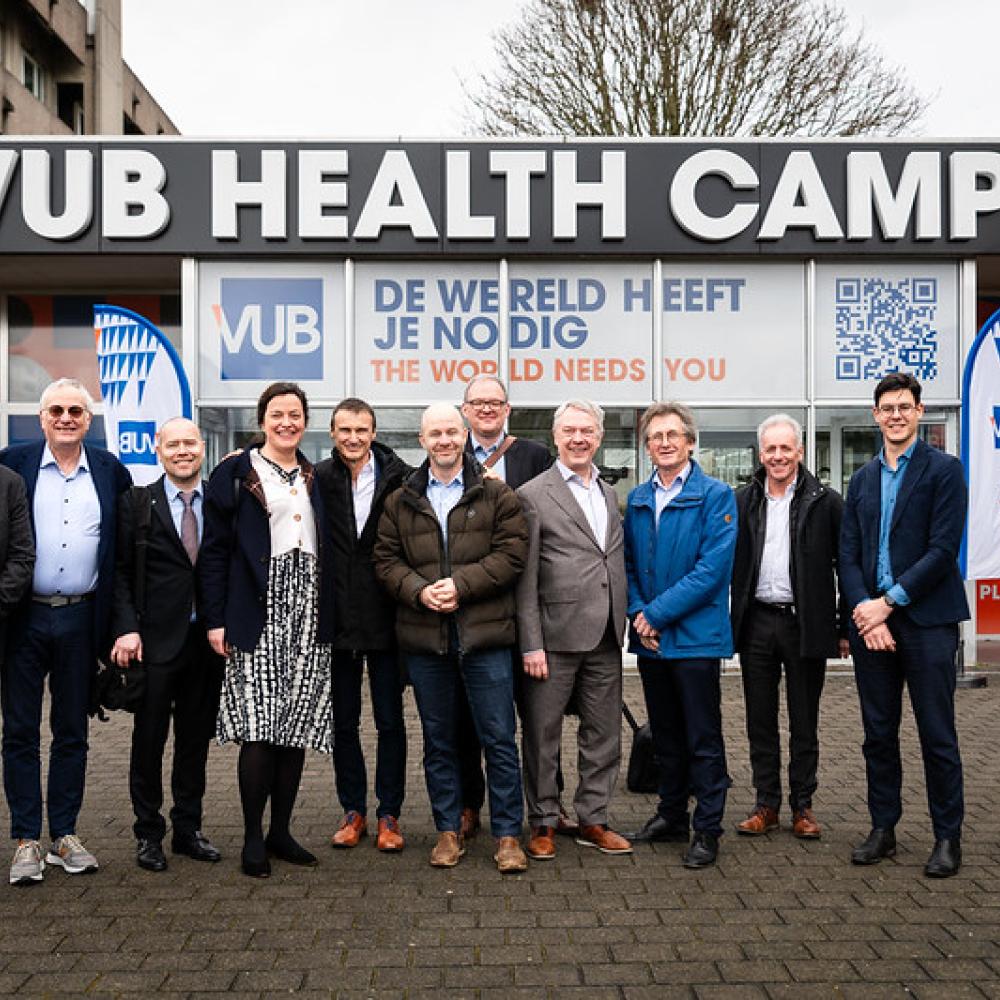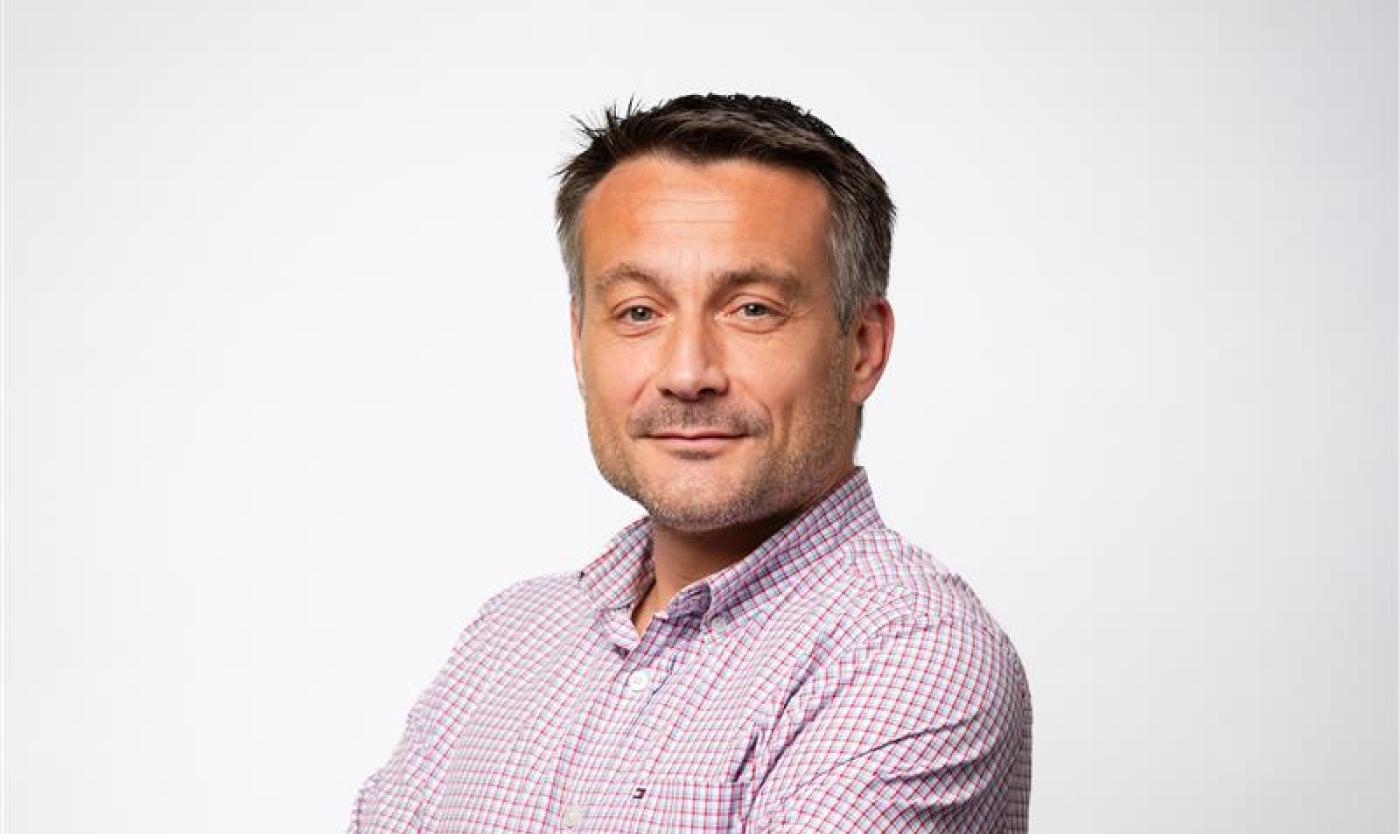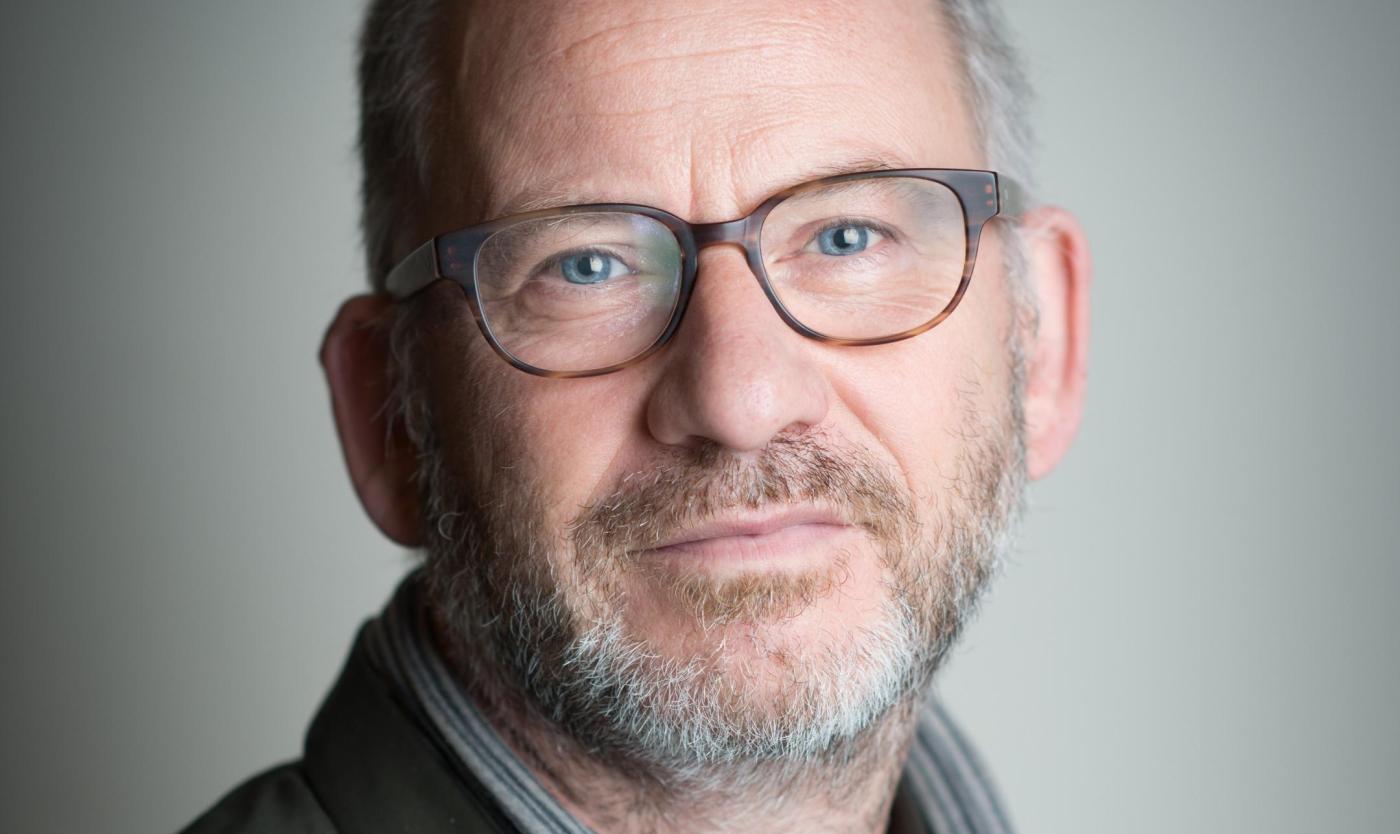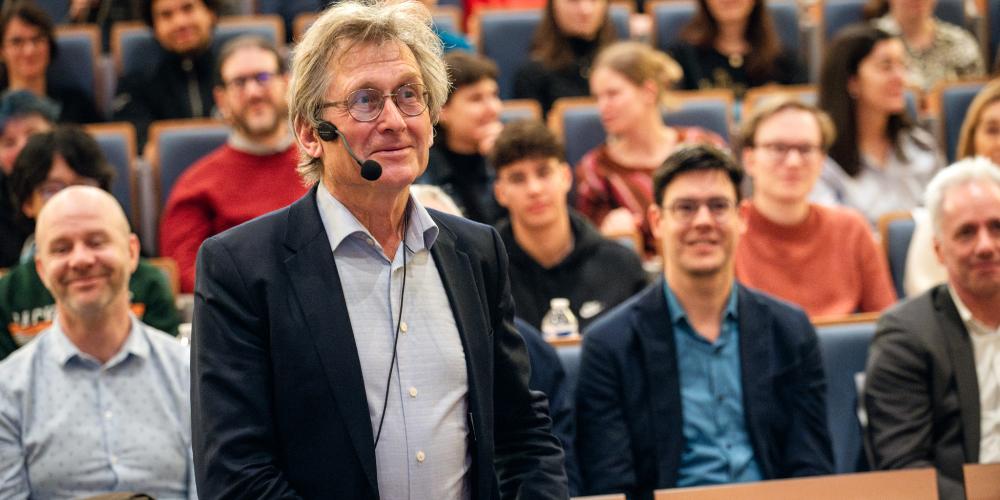
On 5 March, VUB was graced by Ben Feringa, winner of the Nobel Prize for Chemistry in 2016. He delivered a lecture to a full auditorium on The Art of Building Small. Rector Jan Danckaert introduced the Dutch chemist and his “tiny machines and robots resulting from monumental scientific endeavours”. Feringa, with his dry wit and visions for the future, brought a smile to every face in the audience.
The 1966 sci-fi classic Fantastic Voyage tells the story of a scientist who discovers a way to shrink matter to a microscopic scale – a technique ideally suited to a medical crisis. A minuscule submarine crew is injected into the inventor’s body to remove a blood clot in his brain. It’s a perilous journey as they navigate the “rapids” of the heart and are mistaken for intruders by the patient’s immune system, with Raquel Welch barely surviving an onslaught of antibodies.
Watch the lecture or continue reading below the video.
“Our molecular car is a billion times smaller than a real car”
For now, that’s all still just science fiction. But if you believe Ben Feringa, microsurgery will one day be common practice in the operating theatre. “The surgeon will inject a nanorobot into a patient’s bloodstream,” he predicted in his lecture. “It will autonomously seek out tumour cells and destroy them or administer an anti-cancer treatment. The first steps to making such a robot have already been taken. For example, we have built a nano car with four-wheel drive. It’s a billion times smaller than a real car, but it can still propel itself.
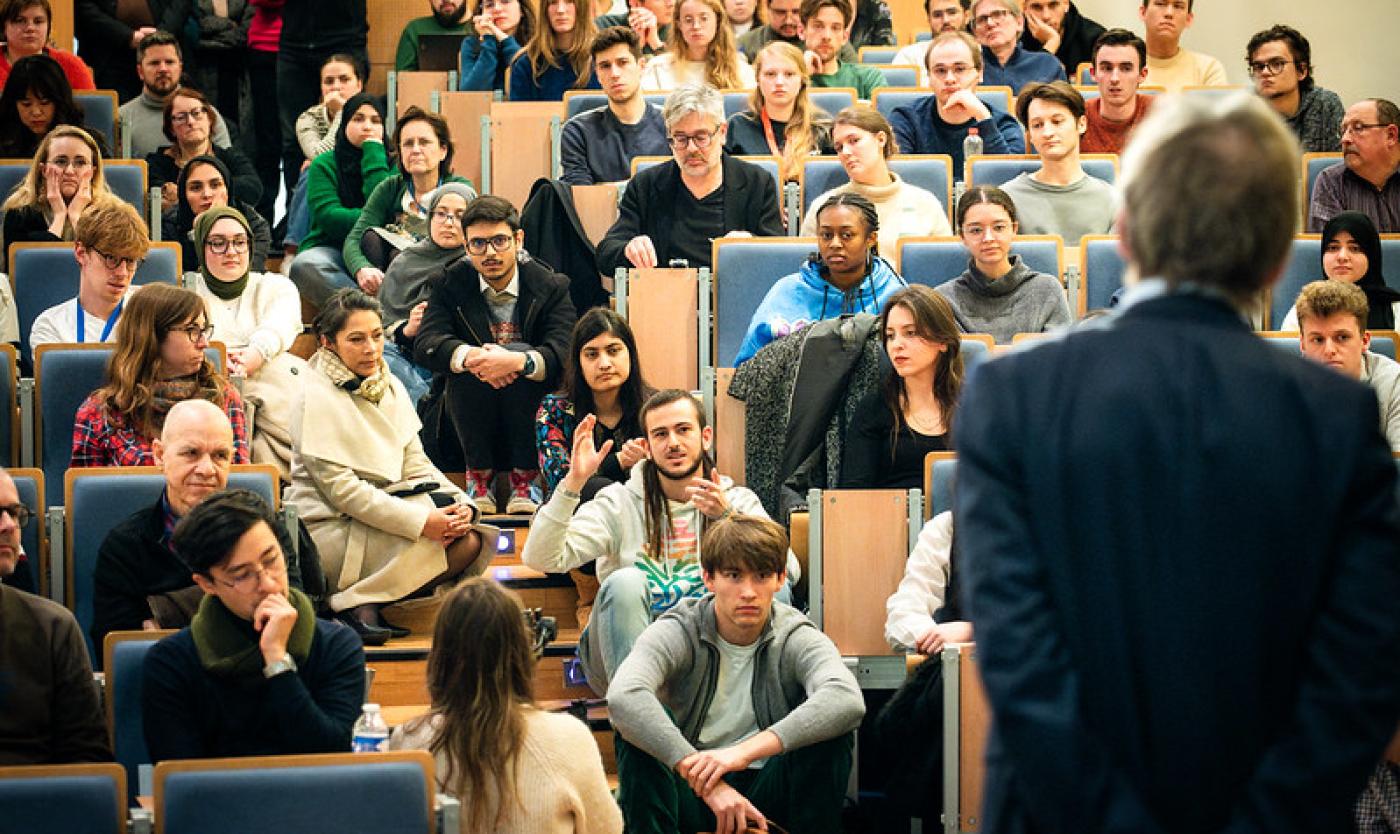
Professor Feringa has other big dreams for medicine, such as antibiotics that can be precisely activated at the site of an infection and nowhere else. “Today, when we take antibiotics, they spread throughout the body. So they also damage useful bacteria, such as the microbiome in the gut. Excessive antibiotic use also leads to resistance: the bacteria become resistant to more antibiotics. The WHO calls this a ticking time bomb for humanity. We are now working on new, smart antibiotics, which are activated by light, using genetic engineering to build a molecular light switch into an existing antibiotic. When light hits it, the protein is switched on and the drug is activated, in this case, at the site of the infection. We are trying this now with infrared light: it’s harmless and penetrates fairly deeply into human tissues.”
In his lab, this has led to some “crazy” discoveries. “We’ve made a plastic that ‘walks’ across the table when you turn on the light: the nanomotors in the plastic contract and expand, just like muscles do. It’s still primitive, but it works. And because we’re Dutch, of course we had to build a nano-windmill. The blades really do turn, under the influence of sunlight.”
“The best way to predict the future is to invent the future”
It sounds fun, but this is serious, revolutionary research, with lots of practical applications. And not just in medicine. The technology could enable responsive surfaces and coatings that can, for example, clean themselves – useful for windows and solar panels. VUB engineers from the Brubotics and FYSC research groups already developed self-repairing materials based on Diels Alder polymers. In the future, nano-robots will also be able to repair materials. Feringa: "Imagine a car paint that repairs a scratch by itself. In the lab, we have already made such a plastic now." “Imagine a car paint that can repair a scratch by itself. We’ve already made a plastic like that in the lab. If we tear it in two and put the pieces together, they grow back together again.”
The jump from lab to application is huge and can often take decades, but that doesn’t deter Feringa. His motto: the best way to predict the future is to invent the future.
“I’m pleased that the VUB can platform a role model like Ben Feringa for its students”
The auditoriums was filled to the rafters for the lecture, with students of medicine, pharmaceutical sciences, biomedical sciences, chemistry, bioengineering and engineering. Lots of high school students also came to listen. The young audience were collectively hanging on Feringa’s every word, with expressions that lay somewhere between admiration and disbelief.
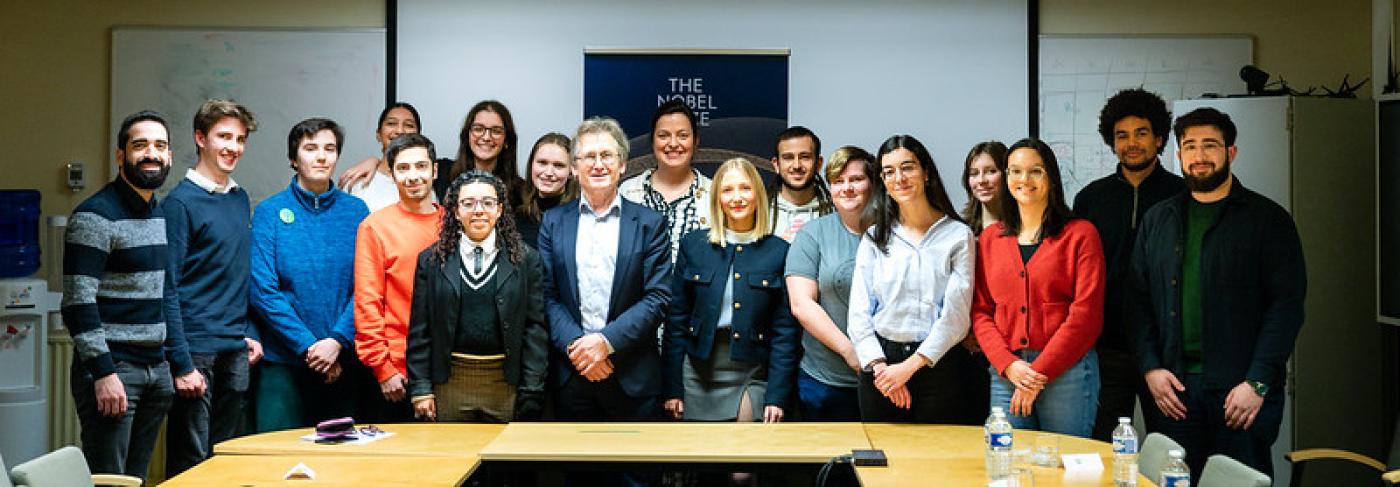
Participants of the Round Table with Ben Feringa
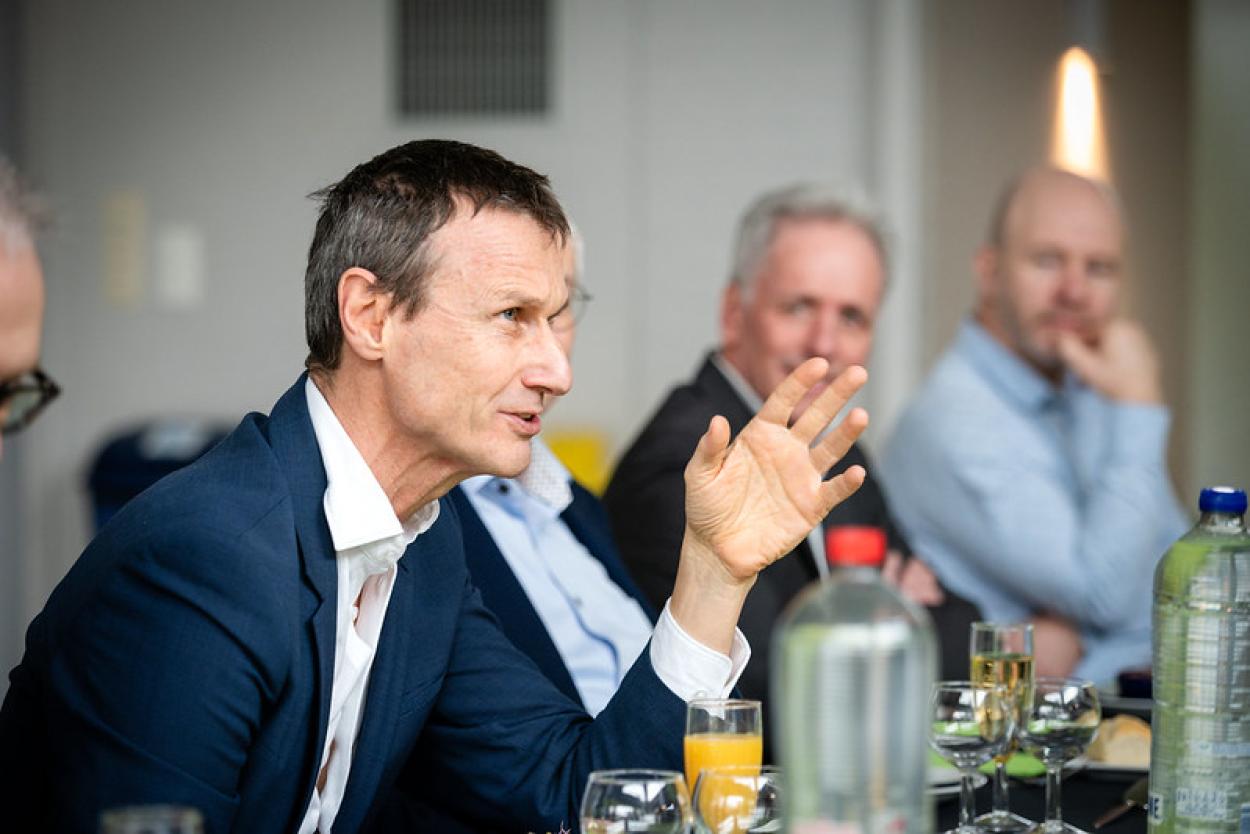
Gert Desmet, chemical engineer and head of the Chemical Engineering research group
Gert Desmet, head of the VUB Chemical Engineering research group, was also there. He’s pleased that the VUB can platform a role model like Ben Feringa for its students. “I still remember that our chemistry professor took us to a lecture by the French chemist Jean-Marie Lehn in 1988. He had just won the Nobel Prize for Chemistry the year before and that was hugely inspiring for me. I’m sure that Ben Feringa’s lecture will have had the same effect on lots of the students here. For me, at least, that feeling of ‘wow’ was as great as it was all those years ago.”
On the shoulders of giants
Every scientist stands on the shoulders of giants. Even the very best, like Ben Feringa. He shared his Nobel Prize with two other researchers, on whose work he built. In 1983, Frenchman Jean-Pierre Sauvage created a method to link molecular rings. The rings were fixed but could move independently of each other, like the links in a chain. This was the first step towards molecular motors. Then, in 1994, British scientist James Fraser Stoddart developed a circular molecule that could move back and forth over an elongated molecule that acted as an axis. Finally, Feringa created molecular motors consisting of rotor blades that rotate around an axis, driven and controlled by ultraviolet light.
The world needs you
This initiative is part of the public programme of VUB: a programme for everyone who believes that scientific knowledge sharing, critical thinking and dialogue are an important first step to create impact in the world.
As an Urban Engaged University, VUB aims to be a driver of change in the world. With our academic edcuational programmes and innovative research, we contribute to the Sustainable Development Goals of the United Nations and to making a difference locally and globally.
